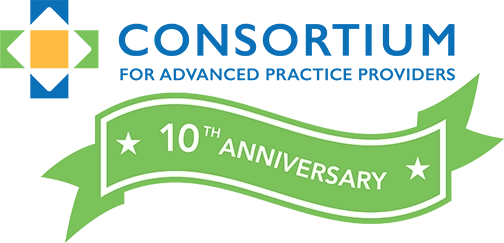Hello everyone. You may have noticed, I took a break from writing the blogs over the holiday season. Now, the new year has begun; we’re all back to work. So, if you are thinking about accreditation, the big question is: “How do we begin the Self Study process? “
As Mark Twain wrote, “the secret to getting ahead is getting started”. Let’s get started.
As I think about daunting tasks, building the pyramids comes to mind. I will always remember a sizzling summer day in 1987, when I realized a childhood dream of seeing the Egyptian Pyramids. Some fellow travelers and I survived a high-speed-take-no-prisoners taxi ride through Cairo’s busy streets and then headed south to Giza to see the Great Pyramid of Khufu (Cheops), the only remaining structure of the Seven Wonders of the Ancient World. While there we rode high on the backs of blanketed dromedaries, slowly circling the Great Pyramid. We participated in an ancient means of transportation to view structures that were over 4,500 years old. It was an awe-inspiring experience. How did the ancients create a structure that has lasted for eons?
Here’s how archaeologists at Penn State describe the process:
“… the process of building pyramids, while complicated, was not as colossal an undertaking as many of us believe … The Great Pyramid at Giza [was built] in less than 23 years. … The pharaoh would first establish a committee composed of an overseer of construction, a chief engineer and an architect.
The cores of the pyramids were often composed of local limestone… Finer quality limestone composed the outer layer of the pyramids, giving them a white sheen that could be seen from miles away. The capstone was usually made of granite, basalt, or another very hard stone and could be plated with gold, silver or electrum, an alloy of gold and silver, and would also be highly reflective in the bright sun.”
The goal was clear: build a memorial to the pharaoh using materials that would withstand the winds of the desert and time. The process was complicated, but manageable through effective committee work and delegation. The committee had a clear understanding of the essential guidelines: specific location and explicit orientation. The approach to the task was clearly established with the highest quality resources identified, a plan in place, and a timeline in mind.
Another daunting task — conducting a self study. What are the lessons learned from the pyramid builders that are germane today and applicable to conducting a self study?
The relevance of the Great Pyramids for the Self Study process is not as far fetched as it might seem. A training program is a dynamic monument to the enduring importance of fostering expertise in newly minted practitioners. Self Studies serve as a mechanism to assure continuation of the program by evaluating outcomes and documenting success, identifying areas for improvement and affirming a commitment to excellence.
Just like building the pyramids, self studies are an exercise in effective committee work, meaningful delegation, and time-sensitive project management. How do you begin? The NNPRFTC Self Study Guide will take you through the process.
We will work out way through a nine-step process. The first two steps are:
- Assemble the evaluation group.
- Engage program leaders, constituents and stakeholders in a discussion of program aims (ie: Standard 1: Mission, Goals and Objectives).
Assemble the group: The pharaoh had his leadership committee of an overseer of construction, the chief engineer and an architect. The program director, as the leader of the Self Study, creates the core evaluation committee. Members could include representatives of the program’s administration and external expert(s) such as a clinical department leader, a rotation director, a QI/QA expert, and an expert in education such as curriculum design/evaluation. This group has oversight of the self study.
Engage program leaders, constituents and stakeholders: The evaluation committee’s first task is to engage stakeholders. There was less flexibility in ancient Egypt – The Pharaoh made a proclamation and his orders were followed. In today’s world when everyone has multiple demands on their time, and not enough time, it is essential to have your value statement and its relevance for your group members well-articulated. Ask your stakeholders about the relevance of your mission and vision. Does the program adhere to the mission and vision? How does the program impact the lives of your colleagues and your community? What is the value of your program? What difference does it make?
As you create your leadership group and discuss the aims of your program, consider the lyrics of Adrian Brown’s song: Together We Aspire
“Together we aspire, together we achieve, together we’ll make it, if we do it as a team.
Teamwork, can make a dream work, if we all pitch in and try.
Teamwork can make a dream work, and no mountain is too high!”
Next time we will explore Bruce Tuckman’s model of group development (forming, storming, norming, performing, adjourning) that characterizes the functioning of many productive groups. If you want to read ahead, check out this great overview by Rebecca Nestor written in 2013 for the Leadership Foundation for Higher Education.
Until then, wishing you peace and health
Candice


